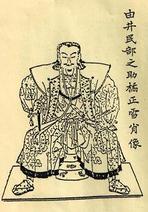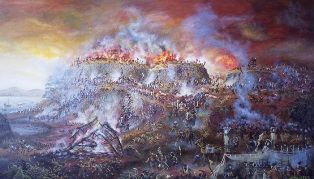 The Globe and Mail.com
The Globe and Mail.com It appeared to me, as an Australian, that the peoples of these nations have more in common than they may realise, although their approach to matters is, on occasion, radically different. There were, it must be said, far fewer homeless on the streets of Canadian cities than those in the US, although neither country was beset with the type of poverty that you often witness in Asia. Having said this, clearly the issue of social disparity is widely debated within American society, particularly among the recent migrant communities in large cities such as New York and Washington D.C. Many that I talked to express frustrations at working in a system that they consider perpetuates rather than relieves their financial concerns, and weren`t shy about revealing that to a foreigner.
Nevertheless, it is obvious that American society is by and large stable and recovering from its financial problems of the past years. Employment seemed regular and widespread, and there were plenty of people purchasing items in stores in the cities that I visited. Gun violence, a subject that is often raised overseas in relation to the US, was a distant issue even in large cities. Mind you, I did not visit the outer suburbs of these larger cities so my impressions were formed on what I saw at their centers, but these areas are like any other city centre in Canada and Australia. Speaking of city centres, clearly American cities take enormous pride in their civic spaces, and I was impressed by the neo-Roman, Greek, and British/French inspired architecture that dominates public spaces in places such as Washington, Philadelphia, and Boston.
Canada also had that same civic pride, but theirs was somewhat more subdued in its promotion. Canadians are a little more reserved than Americans in their temperament, but they are by and large more affable than Australians (these are my own observations, it must be remembered). Canadian cities such as Toronto, Ottawa, and Montreal are, despite their size, well run, well organised, and quite safe to travel in. The scenery of Canada, for those reading this in Australia, must be seen to be believed. It is hard to believe that such greenery can exist, given the tendency of our own continent to be averse to steady rainfall. No wonder the earlier European settlers of North America were so captivated by the place, as such rich soil in such abundance would naturally create ample crops for farms to trade with one another and the cities on the coastline. It makes an Australian very envious!
If there was one thing that I found at fault in my journeys, it was the existence of tipping. It has long been pointed out that this is an inefficient form of taxation, and the absence of a standard minimum wage (by which I mean liveable wage) for either the US and Canada means that its practice will not disappear anytime soon, but I found it an inconvenience more than anything else.
I will also say in closing that if there was one city that impressed me more than any other, it was Quebec. Many might find that odd, given the range of amenities and civic projects one can find in bigger cities such as New York or Toronto, but that was my impression. Perhaps it was the fact that Quebec strongly retains its French heritage, and that its architecture was reminiscent of Europe that so captivated me, but at any rate I found it to be far more liveable and awe-inspiring than the other cities that I visited (Boston also caught my eye for its historical significance, and is another city I would like to visit again in the future). This much is true, one cannot do justice to the amount of sights and sounds available in North America by just visiting it once, hence at some point in the future I will once again head out north to visit the fascinating countries that reside there (just as soon as I overcome this damn jet lag!).


 RSS Feed
RSS Feed